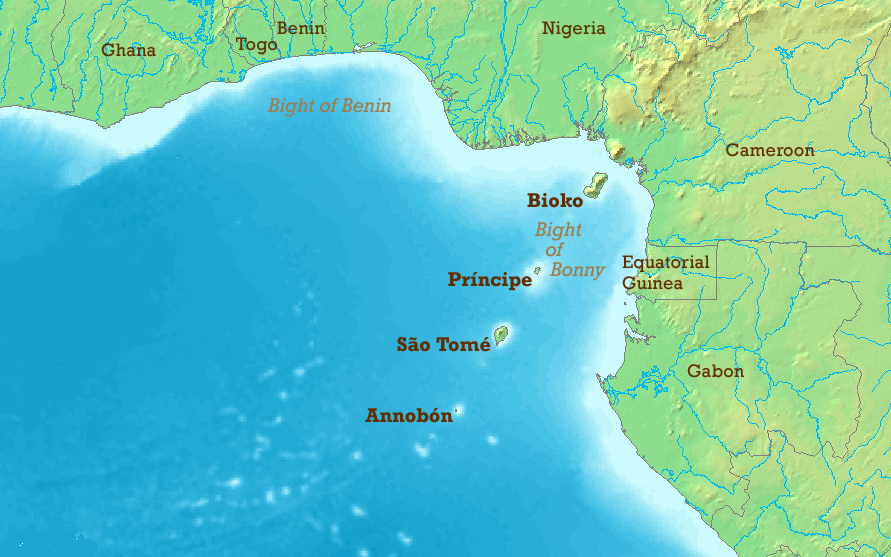Have you ever wondered if the Earth has its own heartbeat? Well, it turns out that it does. Every 26 seconds, a subtle pulse, known as a “microseism,” reverberates through the Earth’s crust. This phenomenon has intrigued seismologists for decades, yet the cause remains a mystery. So, what causes the Earth’s pulsations?

The discovery of Earth’s pulsations
The first documented observation of the Earth’s pulse dates back to the early 1960s by geologist Jack Oliver. Oliver, a pioneer in plate tectonics research, noticed a recurring blip on seismometers, indicating a consistent seismic activity. He named this phenomenon the “microseism” and speculated that its source could be somewhere in the southern or equatorial Atlantic Ocean.
However, it wasn’t until 2005 that the microseism gained significant attention. Greg Bensen, a graduate student at the University of Colorado, Boulder, stumbled upon a strong signal from a distant source while working with seismic data. This discovery piqued the curiosity of researchers, leading to further investigations and attempts to unravel the cause behind the Earth’s pulsations.
The nature of seismic noise
To understand the Earth’s pulsations, we must first explore the concept of seismic noise. Seismic noise refers to the vibrations and disturbances that occur within the Earth’s crust, even during relatively quiet periods. One of the primary sources of seismic noise is the energy transferred from the sun to the Earth’s atmosphere, generating winds, storms, ocean currents, and waves. When these waves reach the coastline, they transfer their energy to the land, causing vibrations that can be detected by seismometers.
According to Mike Ritzwoller, a seismologist at the University of Colorado, Boulder, seismic noise is comparable to tapping on a desk. The impact deforms the area near the point of contact, and the vibration is transmitted across the entire surface. Similarly, seismic waves propagate through the Earth, allowing seismologists to study these patterns and gain insights into the Earth’s interior.
The mystery of the Earth’s pulse
While seismic noise during quiet periods is a known phenomenon, the Earth’s pulsations every 26 seconds remain a mystery. Researchers have attempted to pinpoint the exact cause of this regular seismic activity, but consensus has yet to be reached. Some scientists propose that the pulsations are a result of waves hitting the coastlines, while others suggest volcanic activity as a potential cause.
Gary Holcomb, a geologist with the U.S. Geological Survey, conducted a study in 1980 that found a correlation between the microseism and storms. However, his work, along with Jack Oliver’s earlier research, did not receive much attention at the time, and the regular seismic drumbeat continued to be overlooked.
The Gulf of Guinea: A key location
In 2005, Bensen’s team at the University of Colorado, Boulder, made a breakthrough in their investigation of the Earth’s pulsations. By analyzing the blips from various angles, they were able to triangulate the pulse’s origin to the Gulf of Guinea, specifically a region known as the Bight of Bonny. This area, off the western coast of Africa, became the focal point of subsequent research.

Garrett Euler, a graduate student at Washington University in St. Louis, further narrowed down the source of the pulse to the Bight of Bonny. Euler’s findings supported the theory that the pulsations were caused by waves striking the continental shelf. As waves encounter the solid ground in this area, the pressure deforms the ocean floor, producing seismic pulses that reflect the wave action.
Waves vs. volcanoes: The debate continues
Although the evidence points towards waves as the primary cause of the Earth’s pulsations, the scientific community is not entirely convinced. In 2013, Yingjie Xia and his team from the Institute of Geodesy and Geophysics in Wuhan, China, proposed an alternative theory. They suggested that the pulse’s origin point, which happens to be near a volcano on the island of Sao Tome, raises the possibility of volcanic activity as the driving force behind the microseism.

A similar microseism caused by volcanic activity can be observed at Aso Volcano in Japan. These similarities have led some researchers to consider the volcanic hypothesis as a plausible explanation for the Earth’s pulsations. However, the debate continues, and further research is needed to definitively determine the cause.
Unanswered questions
As the mystery surrounding the Earth’s pulsations persists, numerous questions remain unanswered. Why does the Bight of Bonny exhibit this unique phenomenon when other continental shelves and volcanoes around the world do not? What factors contribute to the specific timing of the pulsations every 26 seconds? These intriguing enigmas present exciting opportunities for future generations of scientists to unlock the secrets hidden beneath our feet.
While the study of the Earth’s pulsations may not align with the primary objectives of seismology, it is a fascinating field of research that sheds light on the intricate workings of our planet. As Mike Ritzwoller asserts, there are still profound and unexplained phenomena waiting to be discovered. The journey to unravel the mysteries of the Earth’s pulsations continues, driven by the curiosity and dedication of scientists around the world.
Final thoughts
The Earth’s pulsations every 26 seconds enthral the scientific community with their rhythmic mystery. Despite decades of research, the exact cause of these microseisms remains elusive. Whether it is the result of waves pounding the coastlines or volcanic activity, the Earth’s pulse provides a constant reminder of the dynamic forces at work beneath our feet. As researchers continue to explore this phenomenon, we can only hope that future discoveries will bring us closer to understanding the secrets hidden within the Earth‘s subtle heartbeat.



